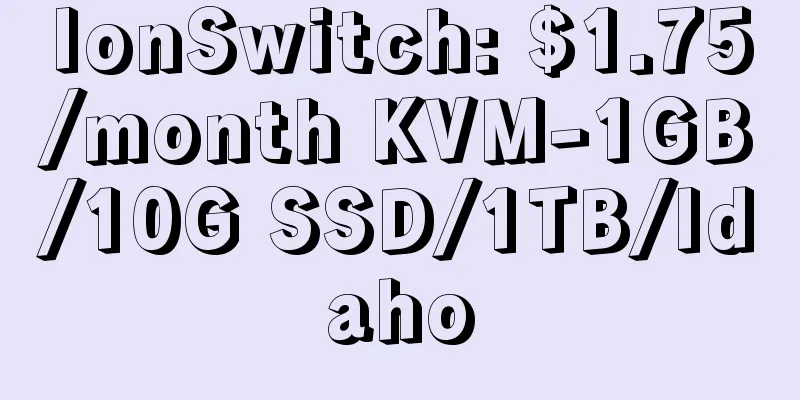What is the difference between Private 4G LTE and Private 5G?

|
Many enterprises are deploying private 4G LTE (short for Long Term Evolution) and private 5G networks to meet use cases where Wi-Fi cannot provide coverage, security, and compatibility with public cellular networks. In 4G LTE and 5G networks, edge devices transmit data via radio waves to a radio access network (RAN) transceiver, which then transmits the message to the core network. The Industrial Internet of Things (IIoT) is one of the most prevalent use cases for private 4G LTE and private 5G networks. 4G LTE and 5G networks are also compatible with public networks, allowing deployment in hybrid multi-access edge computing (MEC) environments. Multi-access edge computing is an evolution of cloud computing that uses mobility, cloud technology, and edge computing to move application hosts from centralized data centers to the edge of the network, bringing applications closer to end users and computing services closer to the data created by the applications. 5G is increasingly moving towards software-defined implementations. This trend is called Network Function Virtualization (NFV). It started with 4G and is becoming more widely used with 5G. Instead of using specialized hardware, ordinary servers are used. An example is the RAN function, which is not implemented with special and expensive hardware devices at the base station, but with standard servers and the software running on them. |
<<: 6G is coming, how will the business change?
>>: I2C case using SHT3x-DIS temperature and humidity sensor
Recommend
kernel panic-not syncing:VFS:Unable to mount root fs on unknown-block
According to the feedback from the merchant, a us...
LisaHost New Singapore Residential Native IP Hosting 10% Off Starting from $43/month
Lisahost has launched a new Singapore VPS host, S...
5G, which frequently appears on hot searches, has really "broken the circle" in 2021!
It has been two years since the 5G license was is...
Building the future: How ICT can help develop livable cities
With the steady acceleration of global urbanizati...
30 countries will launch 5G services by 2023
New network deployments and enterprise momentum a...
Talk about TCP's three-way handshake and four-way wave
[[400134]] This article is reprinted from the WeC...
Understanding CPU, GPU, ASIC and FPGA in one article
With the rapid development of science and technol...
edgeNAT Hong Kong VPS host simple test
We have shared edgeNAT several times in the tribe...
The Internet is like this: Network optimization practice for quick payment transaction scenarios
introduction In recent years, with the developmen...
spinservers June promotion: 10Gbps server from $119/month, Dual Silver4116/64G memory/1TB NVme hard drive
spinservers has released a regular promotion for ...
What will the 5G charges be like?
The 5G era is coming. With the issuance of licens...
How to move your contact center to the cloud to prepare for the pandemic
The coronavirus outbreak has had an unprecedented...
The Internet "began to die" in 2014 due to Google and Facebook's traffic monopoly
Before 2014, a lot of people used Google, Faceboo...
In the tug-of-war between NetOps and SecOps, what role does SD-WAN play?
Connectivity across campus, branch, cloud, and ed...
5G, edge computing and IoT are expected to reshape networks
5G provides wireless cellular connectivity with h...





![[Restock] Bricklayer Los Angeles CN2 GIA (DC6/DC9)/Japan Softbank special price $46.6/year](/upload/images/67cabd08b768b.webp)



